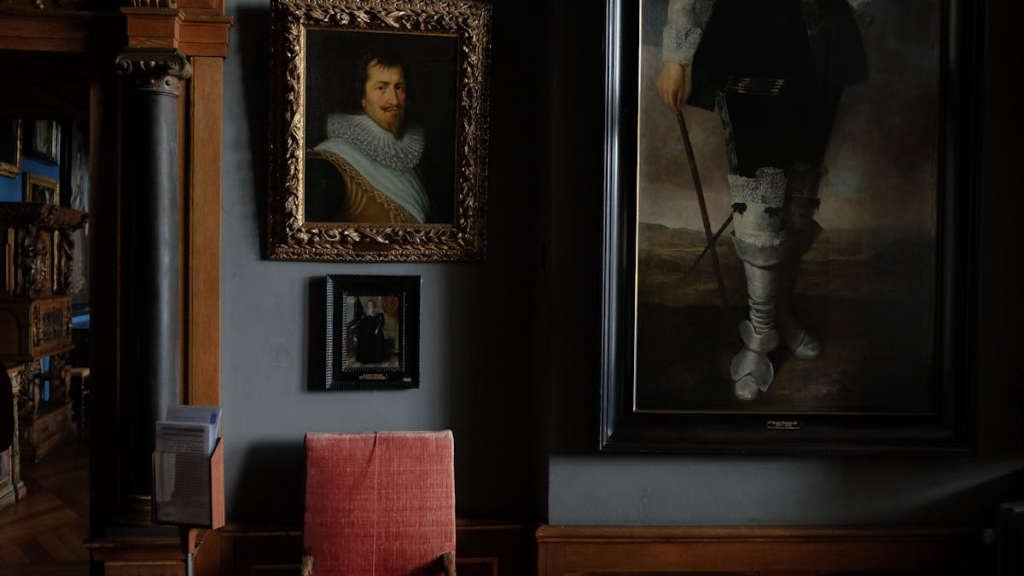
Hey there! Have you ever wondered why Retro Graphic Design has made such a remarkable comeback in recent years? The timeless appeal of retro aesthetics seems to captivate people of all ages and backgrounds, bringing a sense of nostalgia and authenticity to modern design projects. In this blog post, we will delve into the revival of retro graphic design and explore what makes it so special in today’s fast-paced digital world.
Main Points
- Exploring the nostalgic charm of retro design elements
- Discussing the influence of vintage advertising on contemporary graphic design
- Highlighting the importance of color palettes and typography in retro-inspired designs
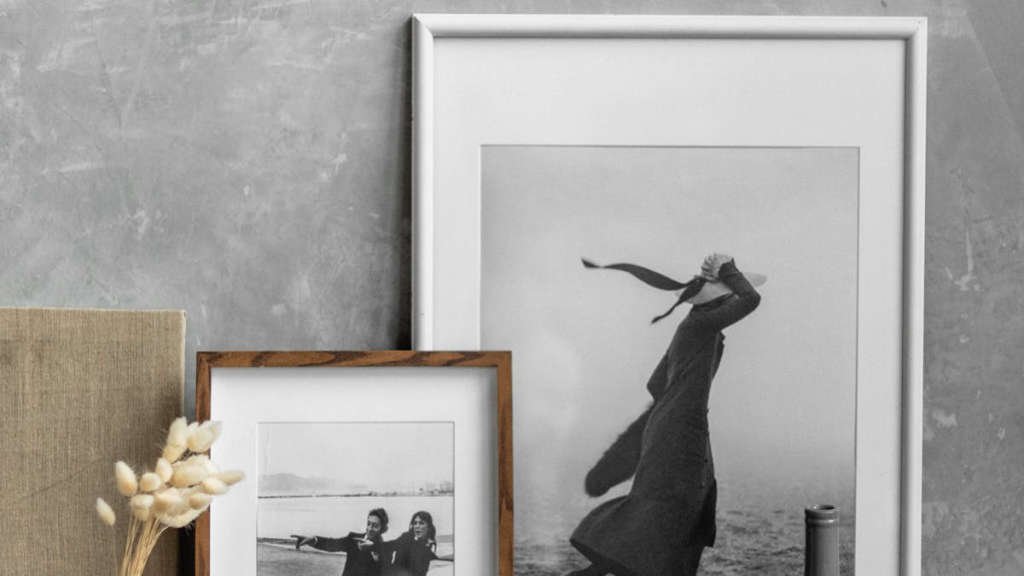
The Evolution of Retro Graphic Design
Retro graphic design has come a long way since its inception, evolving and adapting to the changing trends in the design world. From its roots in the mid-20th century to its resurgence in popularity today, retro design continues to inspire and influence designers around the globe.
Retro Design Inspiration Ideas:
Looking for some inspiration to inject a bit of retro flair into your designs? Here are a few ideas to get you started:
- Vintage Advertisements: Take a trip down memory lane by studying vintage advertisements from the 1950s and 60s. Pay attention to the color palettes, typography, and overall aesthetic of the ads.
- Retro Fonts: Experiment with retro-inspired fonts like groovy 70s typefaces or bold, blocky 80s lettering. Fonts can play a big role in capturing the essence of a bygone era.
- Iconic Design Elements: Incorporate iconic design elements from different decades, such as neon lights from the 80s or psychedelic patterns from the 60s. These elements can instantly transport viewers back in time.
Vintage Style Design Inspiration:
While retro design encompasses a wide range of styles and eras, vintage design often refers specifically to designs inspired by a certain time period in the past. Here are some tips to achieve a vintage look in your designs:
- Muted Color Palette: Use a retro-inspired color palette with muted tones and earthy shades to evoke a vintage feel.
- Distressed Textures: Add distressed textures or faded effects to your designs to give them a weathered, vintage look.
- Retro Patterns: Experiment with retro patterns like polka dots, stripes, or floral prints to add a touch of vintage charm to your designs.
Whether you’re a seasoned designer or just starting out, incorporating retro elements into your designs can add a unique and nostalgic touch. By drawing inspiration from the past and adapting it to modern design trends, you can create memorable and visually appealing artwork that stands the test of time.
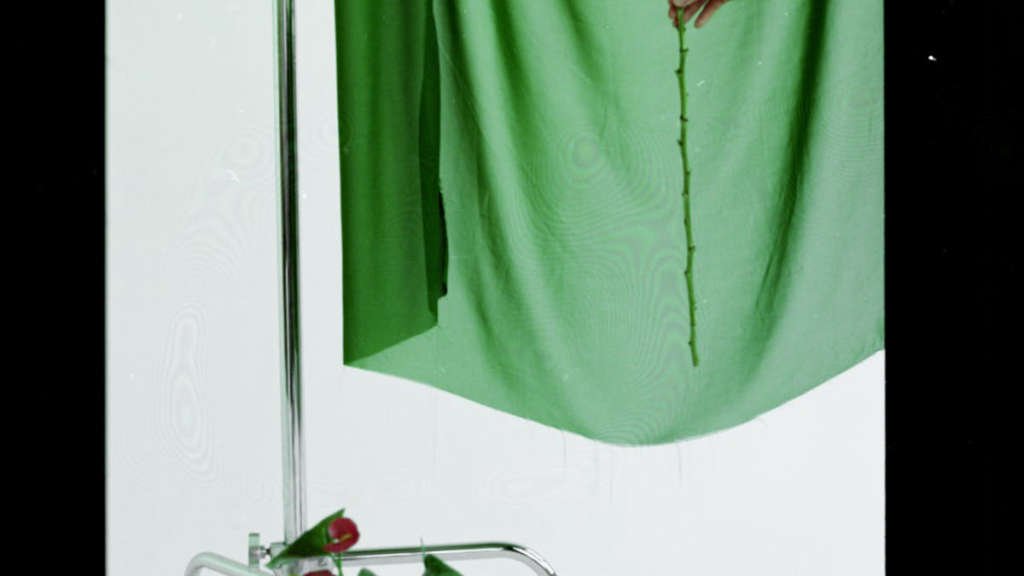
Key Elements of Retro Graphic Design
In the world of graphic design, retro styles are making a comeback. Whether you’re designing a poster, a website, or a logo, incorporating retro elements can give your design a unique and nostalgic feel. Here are some key elements to keep in mind when creating retro-inspired graphics:
Color Palette
Warm and vibrant colors are essential to retro graphic design. Think of earthy tones like mustard yellow, olive green, and burnt orange, as well as bright pops of red, blue, and pink. Experiment with color combinations to create a dynamic and eye-catching design.
Typography
The typography used in retro design is often bold, playful, and full of personality. Look for fonts that have a vintage feel, such as thick slab serifs or funky script styles. Mixing and matching different fonts can help create a sense of nostalgia and whimsy in your design.
Illustrations and Graphics
Geometric shapes, abstract patterns, and retro-inspired illustrations are commonly used in retro graphic design. Experiment with bold lines, repeating patterns, and quirky characters to add a fun and unique twist to your design.
| Color Palette | Typography | Illustrations and Graphics |
|---|---|---|
| Warm and vibrant colors | Bold and playful typography | Geometric shapes, abstract patterns, retro-inspired illustrations |
By incorporating these key elements into your retro graphic design, you can create designs that are both visually appealing and nostalgic. Remember to have fun with experimentation and don’t be afraid to take inspiration from the past!
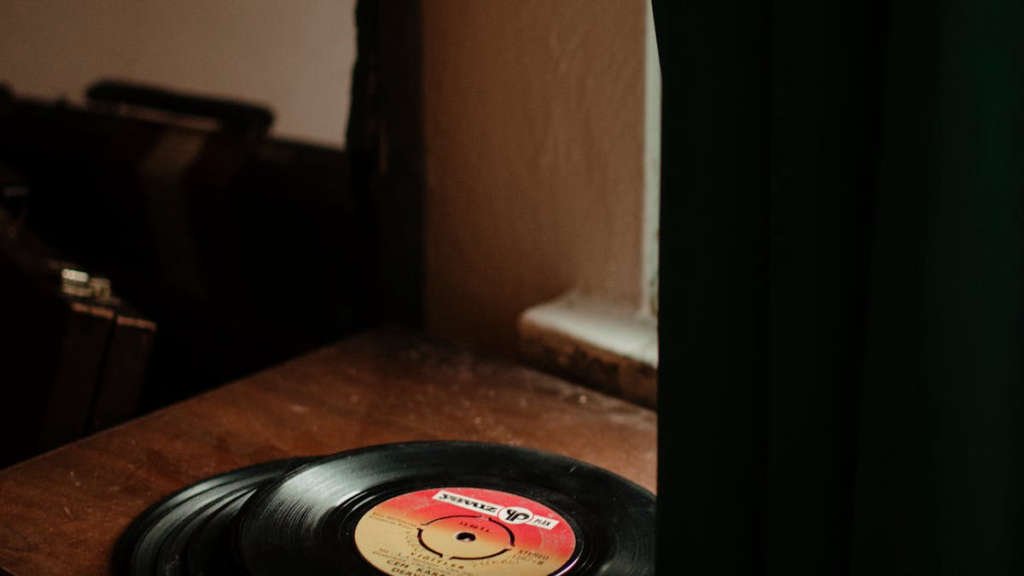
Impact of Retro Graphic Design on Modern Trends
Have you ever noticed the resurgence of retro graphic design elements in modern trends? From vintage typography to old-school color palettes, the influence of retro design can be seen everywhere in today’s creative landscape. This nostalgic aesthetic is not just a passing fad, but a powerful trend that continues to shape the way we perceive and appreciate design.
One of the key reasons behind the popularity of retro graphic design is its ability to evoke a sense of nostalgia and comfort. In a world that is constantly changing and evolving, retro design elements provide a sense of familiarity and nostalgia that can be comforting and reassuring. This emotional connection is one of the reasons why retro design has stood the test of time and continues to be relevant in the modern design world.
The impact of retro design can also be seen in its influence on modern branding and marketing strategies. Many companies are now incorporating retro design elements into their branding to appeal to consumers’ sense of nostalgia and history. By tapping into these emotions, brands can create a deeper connection with their audience and stand out in a crowded marketplace.
Furthermore, the versatility of retro design is another reason for its enduring popularity. Whether it’s a vintage-inspired logo, a retro color scheme, or a nostalgic font choice, retro design elements can be adapted and incorporated into a wide range of design styles and aesthetics. This flexibility allows designers to mix and match different elements to create unique and eye-catching designs that resonate with modern audiences.
In conclusion, the impact of retro graphic design on modern trends cannot be understated. Its ability to evoke emotions, create a sense of nostalgia, and appeal to a wide range of audiences makes it a powerful tool in today’s design world. Whether you’re a designer looking to incorporate retro elements into your work or a consumer who appreciates the beauty of vintage design, retro graphic design is here to stay.
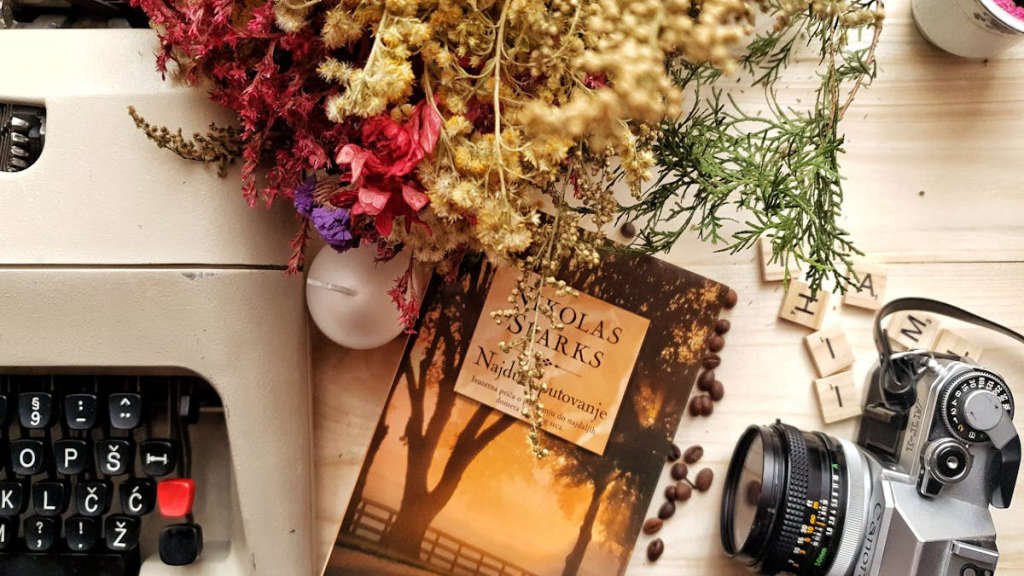
Reviving Nostalgia Through Retro Graphic Design
In recent years, there has been a significant resurgence in the popularity of retro graphic design. This trend is not just about looking back at the past, but also about reviving nostalgia and bringing a sense of familiarity to contemporary design.
The Appeal of Retro Graphic Design
Retro graphic design evokes a sense of nostalgia and can transport us back to a simpler time. The use of vintage color palettes, typography, and imagery can create a feeling of warmth and comfort. Additionally, retro design can be playful and whimsical, adding a sense of fun to any project.
Elements of Retro Graphic Design
Some key elements of retro graphic design include:
- Color Palette: Retro designs often feature bold and vibrant colors, such as mustard yellow, avocado green, and burnt orange.
- Typography: Fonts like Helvetica, Futura, and Avant Garde are commonly used in retro design to evoke a sense of nostalgia.
- Imagery: Retro design often includes vintage illustrations, motifs, and patterns that harken back to a bygone era.
Reviving Nostalgia
By incorporating elements of retro graphic design into modern projects, designers can tap into the collective nostalgia of their audience. Whether it’s a packaging design, website layout, or branding campaign, a touch of retro can make a big impact.
| Benefits of Retro Graphic Design | Examples |
|---|---|
| 1. Creates a sense of nostalgia | Vintage-inspired posters for a music festival |
| 2. Adds personality and charm | Retro-style packaging for a craft brewery |
| 3. Differentiates your brand | A retro-themed website for a retro clothing store |
Incorporating Retro Aesthetics in Contemporary Design
In the world of design, trends are constantly evolving and changing. From minimalist to maximalist, from modern to vintage, designers draw inspiration from a wide range of styles to create something new and unique. One trend that has been making a comeback in recent years is retro aesthetics. Nostalgic and whimsical, retro design elements can add a sense of charm and personality to contemporary spaces.
When incorporating retro aesthetics into contemporary design, it’s important to strike a balance between the old and the new. Mixing vintage furniture pieces with modern decor accents can create a visually interesting and dynamic space. Bold colors, geometric patterns, and kitschy accessories are all hallmarks of retro design that can be seamlessly integrated into a modern setting.
Utilizing vintage materials and textures
One way to incorporate retro aesthetics in contemporary design is by using vintage materials and textures. Think shag carpets, velvet upholstery, and brass accents. These elements not only add a touch of nostalgia but also bring warmth and texture to a space. Mixing these vintage textures with sleek, modern finishes can create a well-balanced and inviting environment.
Embracing iconic retro design pieces
Another way to infuse retro aesthetics into contemporary design is by embracing iconic retro design pieces. From mid-century modern furniture to funky 70s lighting fixtures, incorporating these timeless pieces can instantly elevate the style of a space. Mixing these iconic retro items with contemporary decor elements can create a cohesive and eclectic look that is truly one-of-a-kind.
In conclusion, incorporating retro aesthetics into contemporary design can breathe new life into a space and add a sense of character and charm. By combining vintage materials, textures, and iconic design pieces with modern elements, designers can create a unique and visually stunning environment that pays homage to the past while looking towards the future.
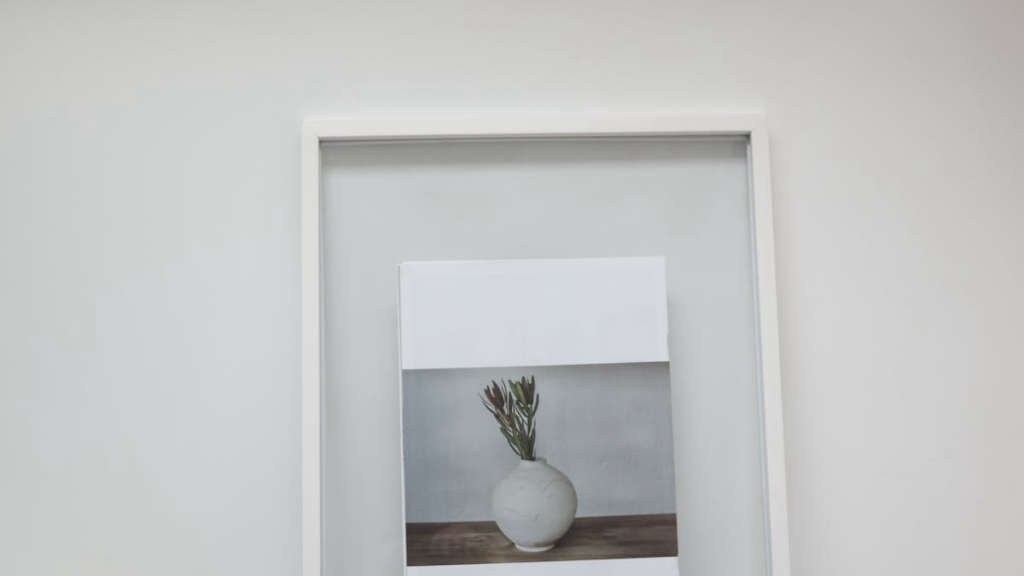
Conclusion
In conclusion, undefined is a versatile concept that can be approached in various ways. When it comes to Retro Graphic Design, it is important to understand the importance of embracing the undefined and allowing creativity to flourish. By breaking free from rigid guidelines and exploring new possibilities, designers can create unique and captivating designs that push the boundaries of traditional graphic design. Embracing the undefined in Retro Graphic Design can lead to innovative and exciting results that capture the essence of the past while paving the way for future ideas and trends.
Frequently Asked Questions
What is retro graphic design?
Retro graphic design refers to using design elements and styles from the past, particularly from the mid-20th century, to create a nostalgic and vintage look in modern designs.
How can I incorporate retro design elements into my projects?
You can incorporate retro design elements by using vintage color palettes, typography styles, illustration techniques, and motifs such as geometric shapes or classic patterns.
What are some common characteristics of retro graphic design?
Common characteristics of retro graphic design include bold colors, geometric shapes, playful typography, use of halftone patterns, and a vintage aesthetic that evokes nostalgia.
Is retro graphic design still relevant in modern times?
Yes, retro graphic design continues to be relevant and popular in modern times as it provides a unique and nostalgic appeal that resonates with people across different age groups.
Where can I find inspiration for retro graphic design?
You can find inspiration for retro graphic design from vintage advertisements, retro packaging designs, old posters, retro movies, and by exploring design trends from different decades.
